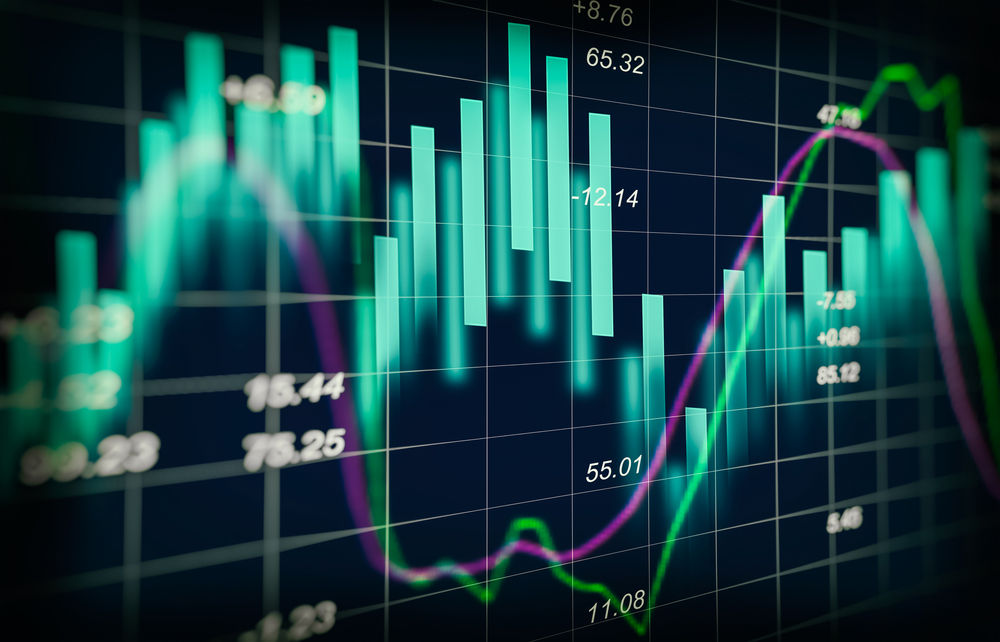Here is Why S&P 500 is Set to Explode by 2030
16.07.2024 12:00 2 min. read Alexander Stefanov
Fundstrat's Tom Lee has made a bold forecast for the S&P 500, projecting it to nearly triple to 15,000 by the end of the decade.
In an interview with Bloomberg’s Odd Lots, Lee emphasized demographic trends and historical cycles as key factors driving his bullish outlook.
Lee highlighted that millennials and Gen Z, comprising a global cohort of 2.5 billion people, are entering their prime earning years of 30-50.
He drew parallels to past stock market cycles during similar demographic shifts, such as the roaring 20s and the 50s-60s, which saw high annual returns coinciding with a surge in prime-age adults.
“The demand story is crucial,” Lee explained. “As people enter their prime years, they make significant financial decisions and contribute substantially to economic growth.”
Lee underscored the correlation between demographic peaks and stock market peaks, noting historical instances like the baby boomers’ prime age peak in 1999 preceding a bear market. He projected that millennials’ peak prime age isn’t expected until 2038, suggesting ample room for stock market growth.
Additionally, Lee pointed to technology spending driven by a global labor shortage, estimating a $3 trillion shift from labor salaries to technology solutions by the end of the decade.
He anticipates this trend to elevate the technology sector’s representation in the S&P 500 to 50%, up from the current 30%.
With US technology companies at the forefront of AI and digital labor solutions, coupled with growing earnings, Lee expects significant capital flows into the US,
-
1
Recession Fears Linger as Economic Signal Flashes Long-Term Warning
25.06.2025 9:00 2 min. read -
2
Robert Kiyosaki Predicts When The Price of Silver Will Explode
28.06.2025 16:30 2 min. read -
3
Trump Targets Powell as Fed Holds Rates: Who Could Replace Him?
27.06.2025 9:00 2 min. read -
4
U.S. PCE Inflation Rises for First Time Since February, Fed Rate Cut Likely Delayed
27.06.2025 18:00 1 min. read -
5
Key U.S. Economic Events to Watch Next Week
06.07.2025 19:00 2 min. read
Gold Beats U.S. Stock Market Over 25 Years, Even With Dividends Included
In a surprising long-term performance shift, gold has officially outpaced the U.S. stock market over the past 25 years—dividends included.
U.S. Announces Sweeping New Tariffs on 30+ Countries
The United States has rolled out a broad set of new import tariffs this week, targeting over 30 countries and economic blocs in a sharp escalation of its trade protection measures, according to list from WatcherGuru.
Key U.S. Economic Events to Watch Next Week
After a week of record-setting gains in U.S. markets, investors are shifting focus to a quieter yet crucial stretch of macroeconomic developments.
Robert Kiyosaki Predicts When The Price of Silver Will Explode
Robert Kiyosaki, author of Rich Dad Poor Dad, has issued a bold prediction on silver, calling it the “best asymmetric buy” currently available.
-
1
Recession Fears Linger as Economic Signal Flashes Long-Term Warning
25.06.2025 9:00 2 min. read -
2
Robert Kiyosaki Predicts When The Price of Silver Will Explode
28.06.2025 16:30 2 min. read -
3
Trump Targets Powell as Fed Holds Rates: Who Could Replace Him?
27.06.2025 9:00 2 min. read -
4
U.S. PCE Inflation Rises for First Time Since February, Fed Rate Cut Likely Delayed
27.06.2025 18:00 1 min. read -
5
Key U.S. Economic Events to Watch Next Week
06.07.2025 19:00 2 min. read


